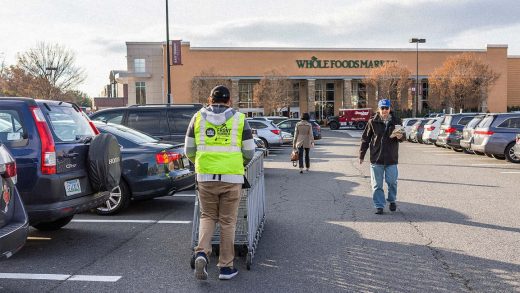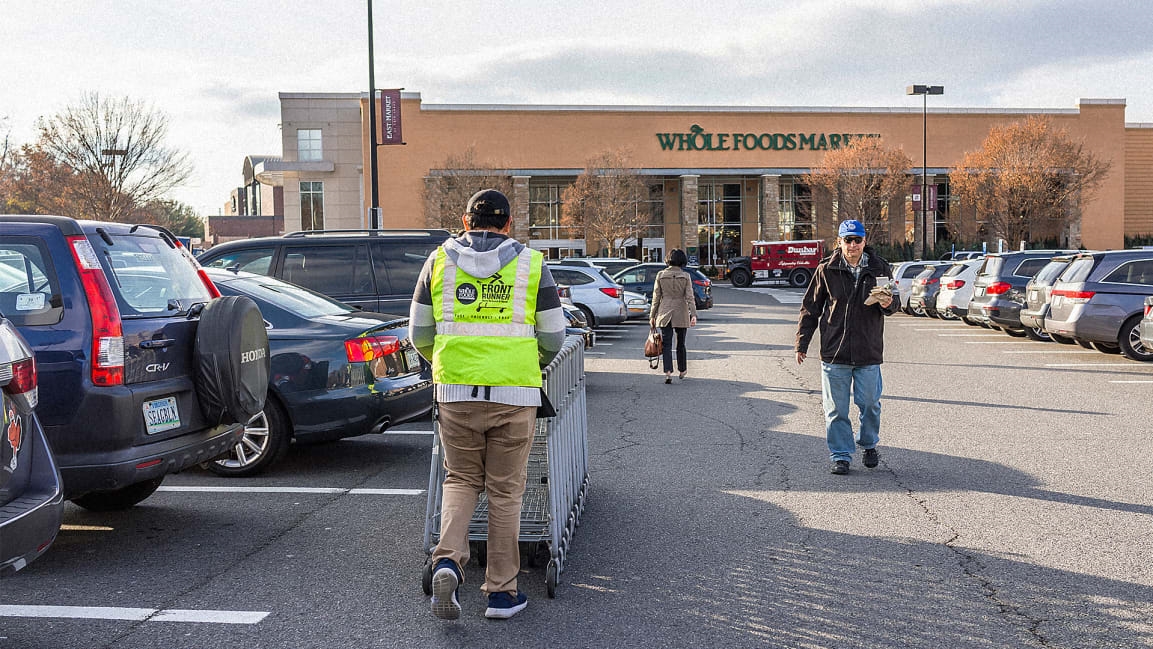Whole Foods reportedly cuts worker hours to make up for its new $15-an-hour wage
One of the most common arguments against raising the minimum wage, like cities such as Seattle and San Francisco have done recently, is that if businesses are forced to pay workers more per hour, they’ll simply cut the amount of shifts they offer workers to keep their costs the same.
While this hasn’t happened in the cities, it seems like it has happened at Amazon, which decided to raise its own minimum wage to $15 and then decided to manage the costs of that decision via scheduling.
Workers at Whole Foods (which Amazon bought in 2017) told the Guardian that after Amazon enacted a $15 minimum wage last fall, they’ve seen their shifts cut dramatically. One employee in Illinois said they dropped from 30 hours a week to 20; their take-home pay actually declined after the hourly raise. These shift reductions have affected workers across the board, particularly part-time workers, who saw their hours reduced from 30 to 21 per week on average.
In a statement to Fast Company, Whole Foods refuted the claims of the workers and said: “Our full-time store Team Members averaged the same number of hours in January and February 2019 as they did during the same time last year. We are proud to have increased the hourly wage for all store Team Members, and we will continue to schedule labor hours based on individual store needs to create the best experience for our Team Members and customers.” Whole Foods did not address the effect on part-time workers.
The same Illinois-based employee shared an internal email from their department manager, who told workers that the shift cuts were “the direct result of guidance from our regional team.” This cost cutting on the part of Amazon and Whole Foods has reportedly resulted in understaffing issues at stores. Employees in California told the Guardian that there are not enough people to work the cash registers to prevent long lines, and fewer staff are available to help customers on the floor. (We reached out to Amazon for comment, and will update the article upon receiving a response.)
Shift slashing at Whole Foods may be part of a larger strategy on Amazon’s part to raise the minimum wage without spending more money. Workers at Amazon’s warehouses, for instance, told outlets like Recode last fall that they were anticipating that the $15 minimum wage would lower their pay, as Amazon slashed bonuses and stock options for workers as part of introducing the wage floor.
This move could cast a shadow on broader minimum wage initiatives, becoming another data point for the argument that raising the minimum wage will actually lower worker pay. But that’s a choice on the company’s part, and one anticipated by the cities that have passed minimum wage increases. Several jurisdictions that have enacted a $15 minimum wage, including Seattle and San Francisco, have passed “fair workweek” legislation that protects hourly employees against the kind of shift slashing that’s happening at Whole Foods. And a study last year on the minimum wage in Seattle found that it has improved take-home pay for most hourly workers.
(15)



